If you’re considering solar panels, you might wonder, “Should I replace my roof before installing solar panels?” The decision involves evaluating your roof’s condition, lifespan, and financial trade-offs. Choosing the right time for both can save future expenses and ensure a long-lasting solar installation. This article gives you the essential criteria to consider before making that decision, including assessments of your roof’s age and integrity, structural support needs, and the potential benefits of syncing roof replacement with solar panel installation.
Key Takeaways
Get your roof ready – before solar panels come into the picture, check your roof’s age, condition, and strength. No point in adding solar panels if your roof is about to wave the white flag.
Be financially savvy – synchronize the timing of your roof replacement with the installation of solar panels to optimize cost savings. Keep an eye out for appealing incentives that can help reduce the financial burden of your solar transition.
Find the right fit for the job – pick professionals for both solar installation and roofing. And keep those panels clean to really make the most of your solar investment.
Assessing Your Roof's Readiness for Solar Panel Systems
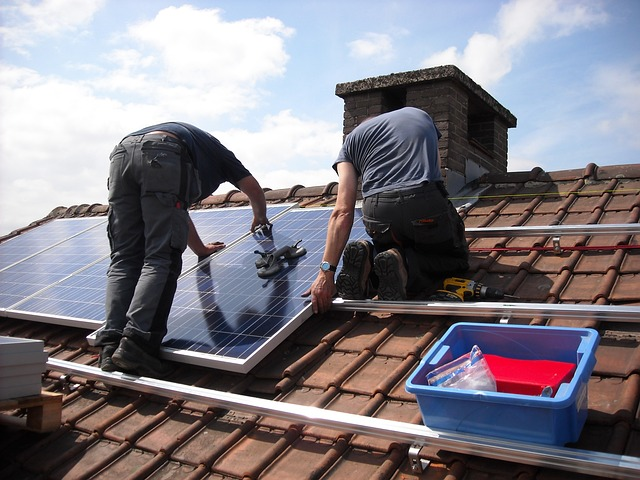
Before embarking on the journey into solar energy, it’s crucial to evaluate whether your roof is primed for a solar system installation. This entails examining its longevity, structural integrity, and overall state of repair. Ensuring that your roof is adequately prepared paves the way for an efficient solar installation experience and prevents future complications, thus integrating your residence seamlessly within the realm of solar energy.
Let's explore these factors in more detail.
Evaluating Roof Age and Remaining Lifespan
The lifespan and condition of your roof are key considerations when considering installing solar panels. Given that solar panel systems can efficiently produce renewable energy for 25 to 35 years, they represent a significant long-term investment. Your roof’s durability must align with this timeline to prevent the need for an expensive disassembly and reinstallation process of panels.
Take for example asphalt roofs, which prevail as the most widespread roofing material across Idaho (and America). These typically last up to three decades. If such a roof has already been in place for between 5 - 10 years, evaluating its structural integrity before installing solar is recommended to ensure it will endure over the extended period required by solar technology. By timing any necessary roof replacement concurrently with setting up your new solar infrastructure, you’ll likely sidestep the subsequent costs and inconvenience associated with future repair work or upgrades.
Spotting Signs of Roof Damage
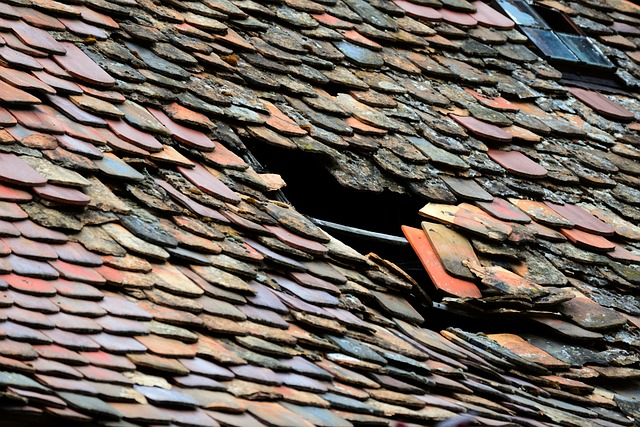
Ensuring that your roof is in excellent condition is a vital step when installing solar panels. If there’s noticeable damage to the roof, it’s unsuitable for hosting solar panels until repairs or replacement are completed. A robust and secure roof before installing solar ensures the longevity and effectiveness of your new solar installation. When you’ve confirmed that your roofing is structurally sound, you can proceed to have the solar panel system installed with peace of mind.
Before moving ahead with a solar panel installation, conducting an external inspection of your roof can uncover potential issues like wear and tear from weather exposure. Be vigilant about any shingles that may be cracked, damaged, or coming loose, as well as any evidence of algae growth which could suggest water has been seeping into the structure. Upon noticing these problems, it’s advisable to address them through repair or full replacement before having panels installed on your rooftop.
Be sure. Get your roof professionally inspected from the top of the roof as well as from the attic to make darn sure you know how much life is left in your roof before installing solar and save money on those electric bills.
Understanding Structural Support Requirements
Before you can install solar panels, it’s imperative to have a roof that is up to the task. Your roof should be strong enough to carry not just its own weight but also an additional load of roughly 3 pounds for every square foot from the solar panels. A weak structure could buckle under this extra weight, leading to expensive repairs and negating any financial benefits gained from your investment in solar technology. Your roof must be thoroughly inspected and confirmed as being in excellent condition before proceeding with adding solar panels.
A thorough interior inspection of your roof can identify potential issues that might compromise its ability to support the added weight of the panels. During this assessment, experts will evaluate:
The insulation quality
Adequacy of ventilation systems
The presence or absence of mold growths
The state and integrity of rafters
When considering installing solar panel systems on your home’s rooftop infrastructure, remember that they must withstand both their inherent weight as well as other external stresses like snow accumulation, which could significantly increase their loading capacity requirements over time.
The Financial Implications of Replacing Your Roof With Solar Installation in Mind

When considering the costs of installing solar panels, it's important to look beyond the initial price tag. Combining a new roof with solar panels might cost around $30,000 upfront. However, this investment can lead to significant savings on your energy bills and may increase your home's value by roughly 4%.
Analyzing Cost-Benefit of Pre-Installation Roof Replacement
Now, some folks might think it's better to install solar panels before a roof replacement. But that may not be the best move for you. Imagine this: you get your shiny new solar panels up there, and then just a short number of years later your roof starts declining. Taking down and then putting back those solar panels isn't just a hassle—it's going to hit your wallet, costing you a pretty penny in the range of $1,500 to $6,000 (as an estimate). And that's not even counting the cost of the new roof.
So, here's a pro tip: line up that roof replacement with your solar panel installation. It's like killing two birds with one stone. You'll sidestep those pesky extra costs down the road. Plus, the savings from your lower energy bills will start to make a dent in what you spend on that fresh roof, especially when you factor in those sweet solar incentives.
And get this, you could bundle the cost of your new roof with your solar loan. Solar loans often come with lower interest rates, which means more savings for you. Also, keep your eyes peeled for tax incentives and rebates that could sweeten the deal when you decide to go for both at the same time.
Choosing the Right Materials: Compatibility Between Roofing and Solar Panels
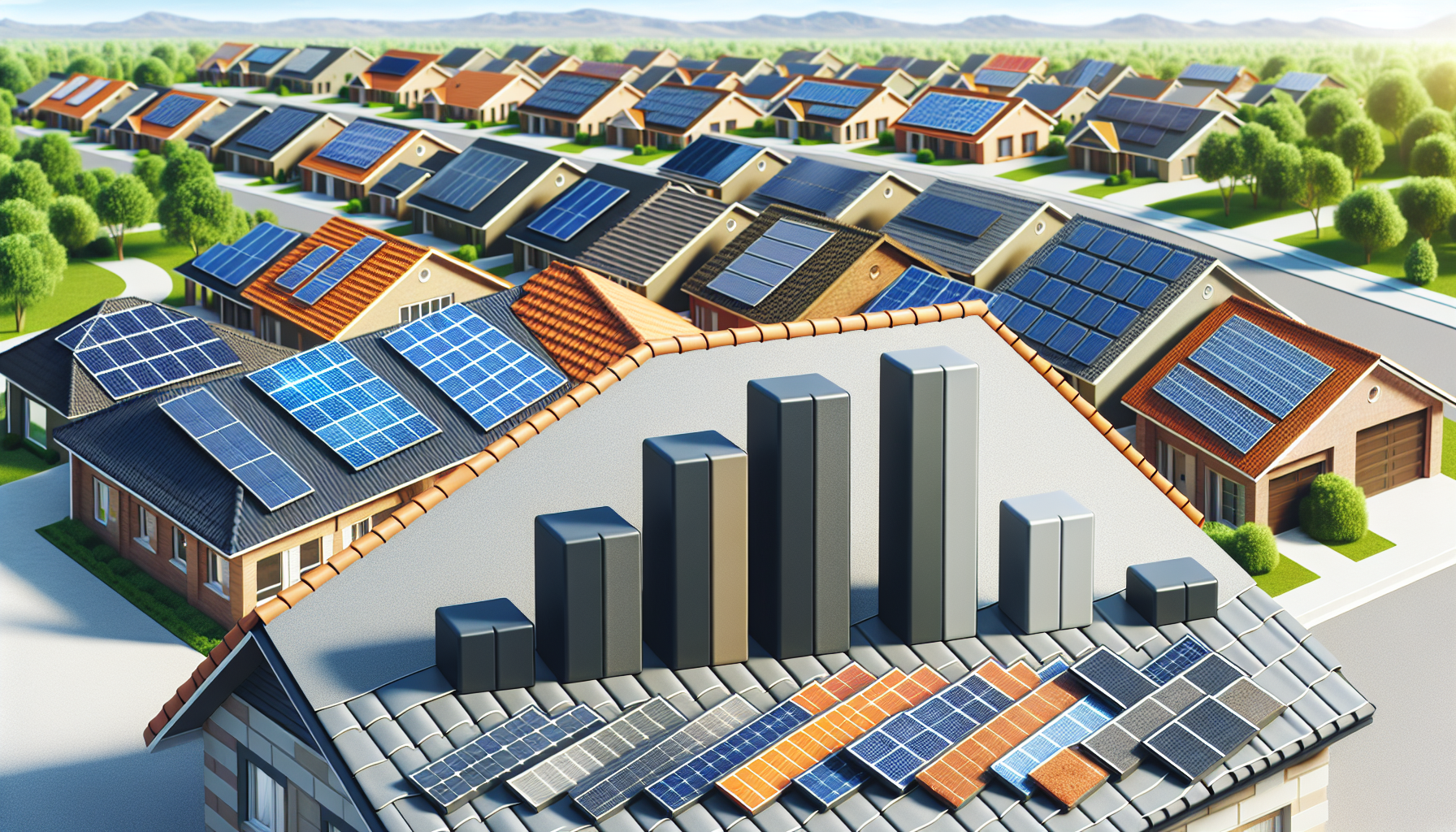
It is essential to make an informed decision when it comes to selecting appropriate materials for your roof coupled with a solar installation. Factors like the durability of the material, its expected lifespan, and how energy efficient it can be should not be overlooked.
Comparing Asphalt Shingles vs. Metal Roofs for Solar Installations
Metal roofs and asphalt shingles are the go-to choices for mounting solar panels on rooftops. Each offers a unique set of advantages and disadvantages. Roof-mounted solar panels on asphalt shingles offer an affordable, robust option that’s conducive to most solar panel mounting systems. Although cost-effective, they do necessitate drilling during installation, which carries a heightened likelihood of leakages if not expertly installed.
Metal roofs present an optimal foundation for roof-based solar installations by their extended durability—lasting up to 100 years if installed correctly—their inherent resistance to fire, and their capacity to reflect sunlight thereby enhancing overall energy efficiency. This makes them exceptionally well-matched with the expected service life of solar panels themselves.
The Rise of Solar Shingles: A Two-in-One Solution
Solar shingles have seen a rise in popularity as they dual-function both as an energy generator and roofing material, potentially streamlining the setup procedure. These innovative products merge the roles of conventional roof shingles with solar panels, providing an option that blends seamlessly into the existing roofline for those who value aesthetics.
There is a snag associated with them. For instance, to install Tesla’s Solar Roof product you must undergo a full roof replacement which could elevate overall expenses because replacing roofs can be quite costly. We also have ZERO clue how much an average repair would be, how they would fair in the Idaho Winters with snow accumulation, and how long they would last. At this point, we cannot recommend them until we start seeing more data.
Partnering With Professionals: Selecting a Solar Installer and Roofing Contractor
Engaging with expert professionals is crucial when considering the dual projects of replacing your roof and installing solar panels. Employing a competent roofing contractor alongside an adept solar installer will guarantee not only efficient execution but also top-notch quality and sustained maintenance once you opt to replace your roof.
In selecting a dependable company for your solar installation needs, it’s important to evaluate certain standards while understanding the importance of having a skilled roofing contractor in the mix.
Criteria for Choosing a Reliable Solar Installation Company
Selecting a dependable solar installation company is essential for a seamless transition to solar energy. When comparing different solar installation companies, it’s important to evaluate their years of experience, credentials, financial health, and levels of customer satisfaction. A company with over five years in the industry usually indicates that they are consistent and trustworthy.
Seek out an installation company carrying certifications from respected institutions like NABCEP or SEI. This demonstrates adherence to high professional standards and dedication to excellence. Examining reviews and testimonials from previous clients can offer insights into the company’s standing within the solar sector as well as historical client satisfaction.
Finally, before making your decision on a provider for your solar needs, ensure you have interacted directly with their team. Assess if their approach to customer service resonates with what you’re looking for regarding values and expectations.
The Role of a Roofing Contractor in Preparing for Solar
The involvement of a roofing contractor is crucial throughout the solar installation procedure. Their responsibilities extend beyond merely installing solar panels. They also safeguard existing roof warranties from being compromised by the installation process. With expertise in handling the nuances of a solar panel installation, such contractors play an essential role in preserving your roofing warranty.
Opting for an Owens Corning Platinum Contractor when installing solar comes with several advantages.
Assurance regarding warranty protection.
The assurance that high standards will be maintained during installation services.
Inspects for any possible damage to your roof during the installation of panels, maintaining warranty integrity.
The Impact of Solar Panels on Roof Longevity and Maintenance
Are you aware that solar panels have the potential to affect both the lifespan and upkeep of your roof? By serving as a barrier for your roof, solar panels provide protection against various environmental factors and ultraviolet radiation. As a result, they may prolong the durability of your rooftop.
Let’s explore this topic further.
Do Solar Panels Extend the Life of Your Roof?
Absolutely, solar panels have the capability to prolong your roof’s lifespan. By serving as a protective barrier, these panels safeguard your roof against various weather conditions like hailstorms, heavy rainfalls, snowfall accumulations, and strong gusts of wind. When you opt for installing solar on your rooftop, they minimize the ultraviolet radiation exposure that typically leads to the wear and tear of roofing materials over extended periods.
By choosing to install solar panels on top of your home, not only are you harnessing clean and sustainable energy, but simultaneously contributing to an increased durability of your roof shingles. It’s a dual-advantage scenario!
Maintenance Tips for Roof with Installed Solar Panels
Solar panels not only have the potential to increase your roof’s longevity, but they also necessitate some upkeep. Conducting an inspection annually is essential for identifying any harm to the solar panels or roof and confirming that every connection and mounting remains intact.
Regarding their cleanliness, here are several methods for maintaining solar panels:
They should be washed gently with water when cool
In locales lacking sufficient rainfall for natural cleaning, a more comprehensive wash may be required
Residents in snowy regions may need to eliminate surplus snow by employing a soft brush attached to an extendable handle.
Summary
In summary, ensuring your roof is prepared and possibly updating it before installing solar panels is a vital step towards a seamless transition to cost-effective solar energy. Opting for suitable materials and working with skilled professionals are important aspects of the process. Solar panels may also contribute to prolonging your roof’s lifespan, but they do need occasional upkeep. As you consider going solar as a property owner, these actions can facilitate an effective switch to renewable power sources, promising a more sustainable tomorrow.
Frequently Asked Questions
Does the roof need to be replaced before solar panels?
Depends on your roof, but more yes than no. We advise a professional to come out to inspect your roof and attic space to give you their professional opinion. It's advisable to repair or replace your roof before the installation of solar panels to avoid the additional expenses associated with detaching and refitting the panels later on.
How do I prepare my roof for solar panels?
Begin readying your roof for solar panels by examining it for any damage and assessing its positioning. Think about having the roof replaced if necessary, and clear away trees in close proximity that might block sunlight.
Enlist the support of a skilled roofing contractor to ensure success. Wishing you all the best!
Can you put solar panels on a bad roof?
Installing solar panels on a roof that is already compromised is not advised, as it may lead to expensive consequences over time if the roof begins to leak or needs other repairs.
Despite this risk, some companies might proceed with setting up solar energy systems on roofs that are in questionable condition.
Can my roof handle the weight of solar panels?
Yes, most roofs can handle the weight of solar panels, but it’s crucial to have a professional inspection to confirm your roof’s structural support.
Are asphalt shingles or metal roofs better for solar installations?
Solar panel installations tend to be more effective on metal roofs because of their extended durability and ability to reflect heat, enhancing energy efficiency. Solar panels can also be suitably mounted on asphalt shingle roofs, although this requires drilling for installation.
Subscribe to Idaho Roofing Contractors's Blog




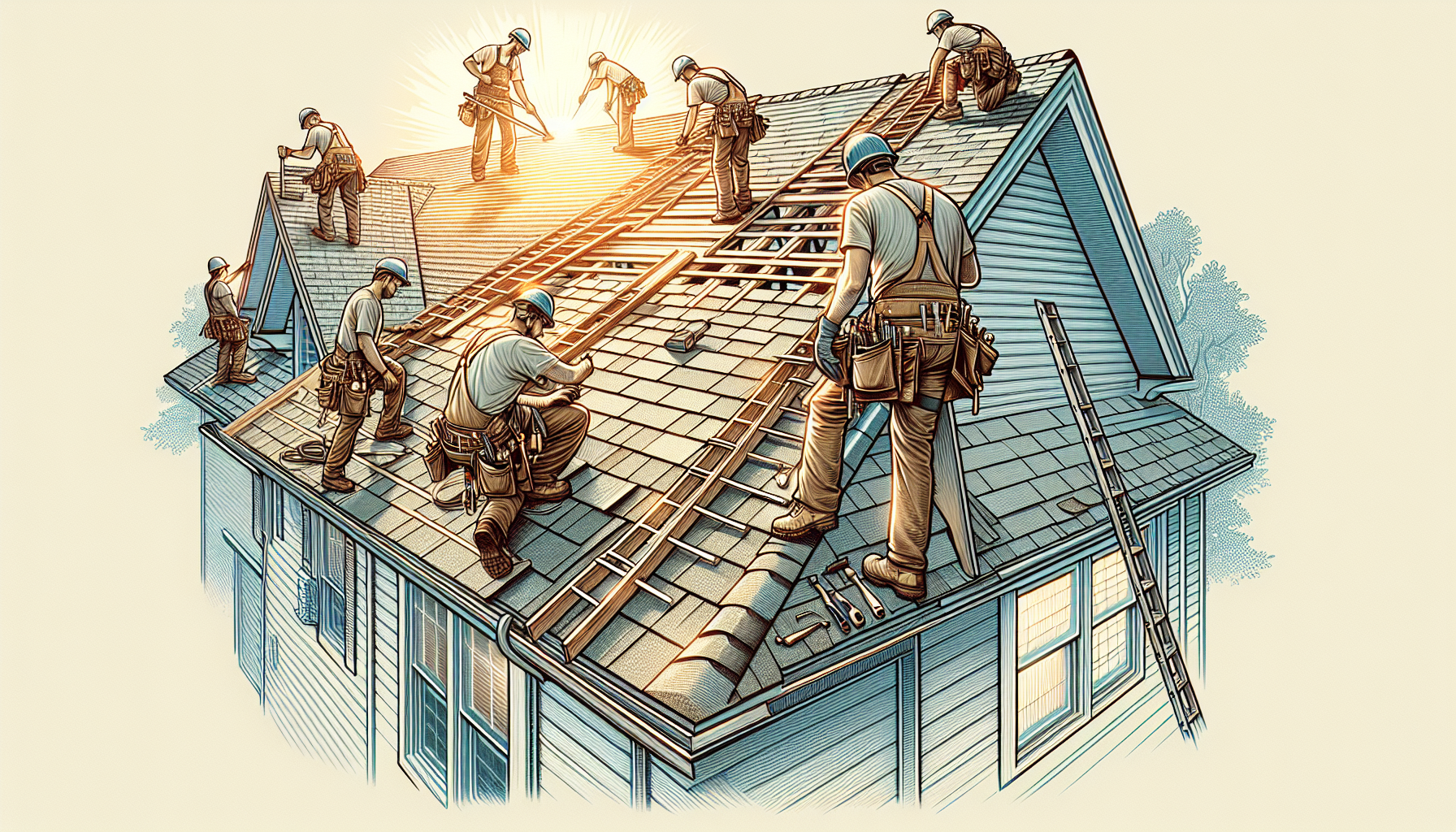


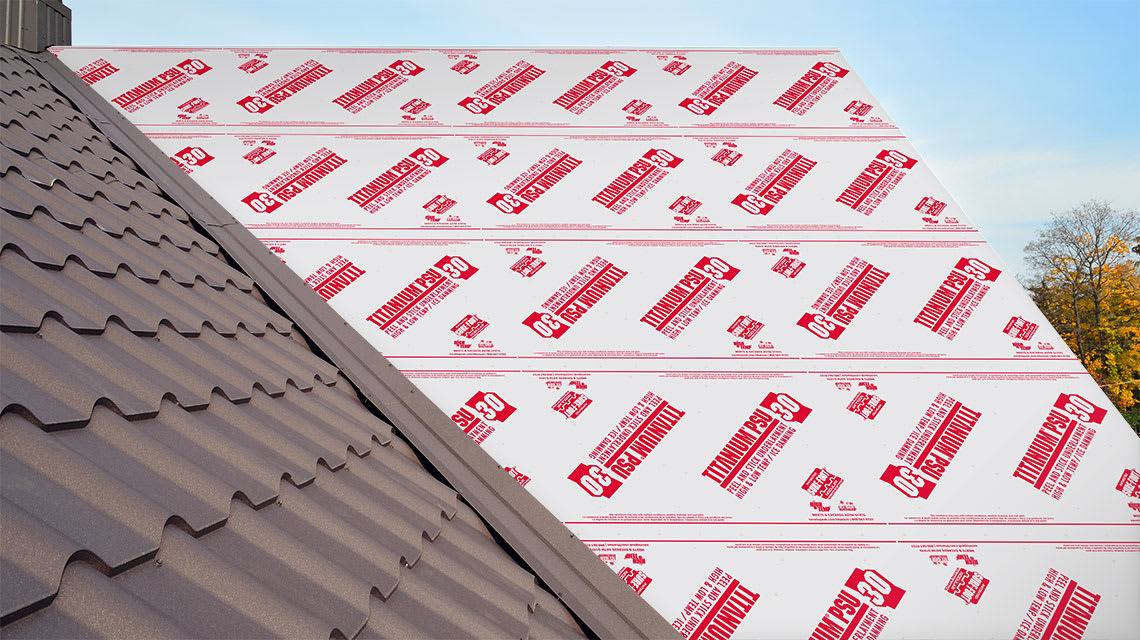
Comments